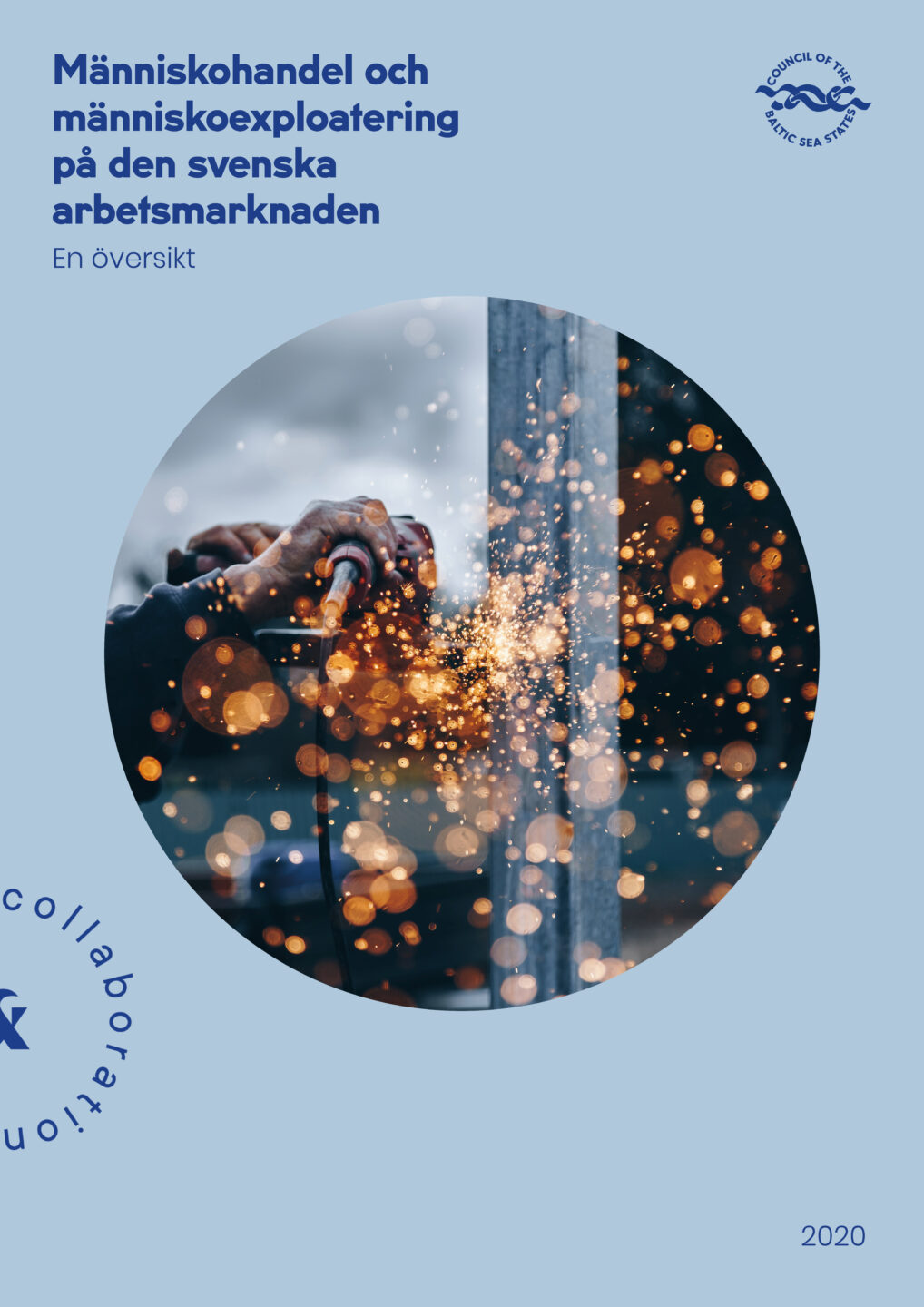Human Trafficking and Exploitation in the Swedish Labour Market: an overview. (In Swedish)
The report presents an overview of the Swedish crimes that can be applied to labour exploitation and the court cases where such exploitation has been prosecuted.

Since the criminalisation of human trafficking for forced labour in 2004 there have been prosecutions in two types of cases: cases in which there was exploitation for begging and cases in which there was exploitation for other forms of work. Between 2004-2020 there were four prosecutions in cases involving other forms of work than begging. Three of the cases led to acquittals. The Swedish courts have often interpreted the term ‘forced labour’ as requiring the victim to have been in a coerced state (‘tvångstillstånd’), which does not correspond to the international definition of forced labour. The judgment in which there was a conviction for human trafficking for forced labour did not explain why the exploitation constituted forced labour. There is therefore no helpful Swedish case-law on human trafficking for forced labour. In accordance with the directions given at the revision in 2018 of the crime of human trafficking, ‘forced labour’ should be interpreted and applied according to the international definition of ‘forced labour’ and its three elements: work, menace of any penalty, and involuntariness.
Between 2013-2019 there were 209 police complaints filed for human trafficking for forced labour. No prosecutions for the crime were brought during that time period, apart from cases involving begging.
Important challenges remain to combat labour exploitation, especially regarding the obligation to investigate and prosecute such cases. There are several challenges: both to strengthen the Swedish courts’ capacity to apply ‘forced labour’ in line with the international definition, as well as to secure adequate resources to investigate the exploitation and support its victims.